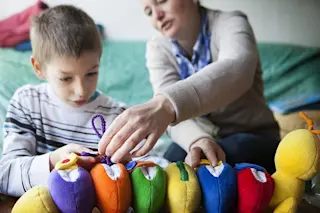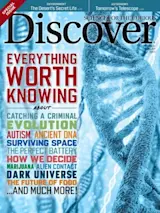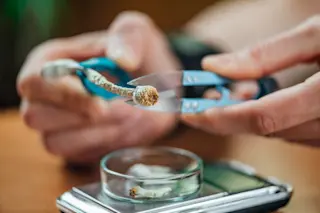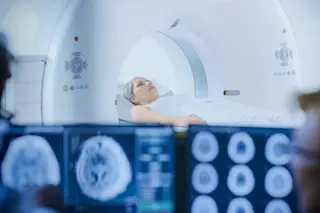There is no cure. The causes are only partially understood. And treatments are limited to tackling symptoms, not the condition itself. One in 68 school-age kids in the U.S. have autism spectrum disorder (ASD), a range of developmental conditions usually marked by social, behavioral and communication issues. While researchers are making progress in figuring out ASD’s causes and developing better treatments, there’s still a long way to go.
(Credit: Ekler/Shutterstock)
Ekler/Shutterstock
Autism was once separate from other developmental complications such as Asperger’s syndrome, pervasive developmental disorders (PDD) and childhood disintegrative disorder. But in 2013, the fifth edition of the Diagnostic and Statistical Manual of Mental Disorders, the standard medical reference for mental disorders, merged Asperger’s, PDD and the old definition of autism and created the catchall term autism spectrum disorder.
Many experts argued the new label would be more helpful; despite including a broader range of symptoms, the revised definition ...















